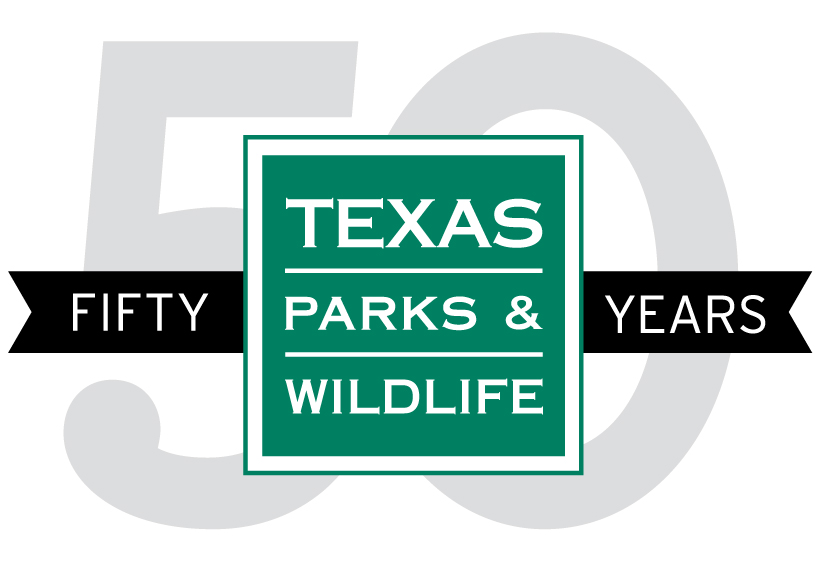Five Texas-based projects totaling about $18 million are slated to receive funding to help compensate for lost human use of natural resources resulting from the Deepwater Horizon oil spill. The three artificial reef and two state park projects are part of the latest round of restoration led by state and federal Natural Resource Damage Assessment trustees.
“These restoration dollars are good for our Gulf, good for Texas coastal communities, and good for jobs and the economy,” said Gov. Rick Perry, in a news release. “While the pace of early restoration has been slower than the trustees would prefer, these first Texas-based projects would move us closer to restoring the entire Gulf of Mexico.”
The Texas projects are among 28 restoration projects across the Gulf that BP has agreed to fund under a conditional agreement with trustees. The trustees plan to present the additional early restoration projects for public review and comment in coming months, according to the release. If selected for inclusion in a final early restoration plan, the 28 projects collectively would represent close to $600 million. The latest round of proposed early restoration follows two previous phases totaling $71 million.
The five proposed Texas projects, with approximate costs are:
Galveston Island State Park Beach Re-development (Galveston County). The project would construct multi-use campsites, tent campsites, an equestrian trail head, beach access via dune walk-over boardwalks and other recreational enhancements on the Gulf side of Galveston Island State Park. The purpose is to restore the loss of recreational opportunities by enhancing access to the Gulf. Cost: $10.7 million.
Sea Rim State Park Amenities (Jefferson County). The project would construct facilities to provide enhanced recreation within Sea Rim State Park, including a fish cleaning station, restroom facility, and two wildlife viewing blinds, in order to enhance fishing experiences, wildlife observation, and educational interpretive opportunities. Cost: $210,000.
Texas Artificial Reef off the Mid or Upper Coast (Jefferson or Nueces County). This project would place artificial reef structures offshore if the necessary large-scale materials are available. Or, it would enhance existing, permitted nearshore reef sites using constructed, stable and clean materials. Artificial reefs are used by anglers and scuba divers as recreational areas because of the aquatic community that develops in reef habitat. Cost: $1.8 million.
Brazoria Near shore Artificial Reef Artificial Reef Enhancement (Brazoria County). This project would enhance a nearshore reef site off Freeport. Cost: $2 million.
Matagorda Nearshore Artificial Reef (Matagorda County). This project would include construction of a new near shore artificial reef off of Matagorda. Cost: $3.5 million.
In 2011, after negotiations with trustees, BP agreed to provide as much as $1 billion to fund early restoration projects in the Gulf to begin addressing injuries to natural resources caused by the spill. The purpose is to speed the start of restoration before the injury assessment process is completed. The latest proposals would continue to tap the $1 billion agreement.
Trustees continue to seek public input on restoration project ideas through various means, including public meetings, electronic communication, and a public website managed by NOAA for all the trustees, which includes a database to share project information and receive public project submissions.
The early restoration plans will be incorporated into a comprehensive Oil Pollution Act Restoration Plan/Environmental Impact Statement.
Texas trustees include the Texas Parks and Wildlife Department, the General Land Office and the Texas Commission on Environmental Quality. Other trustees include federal agencies and agencies from the other Gulf states.






















